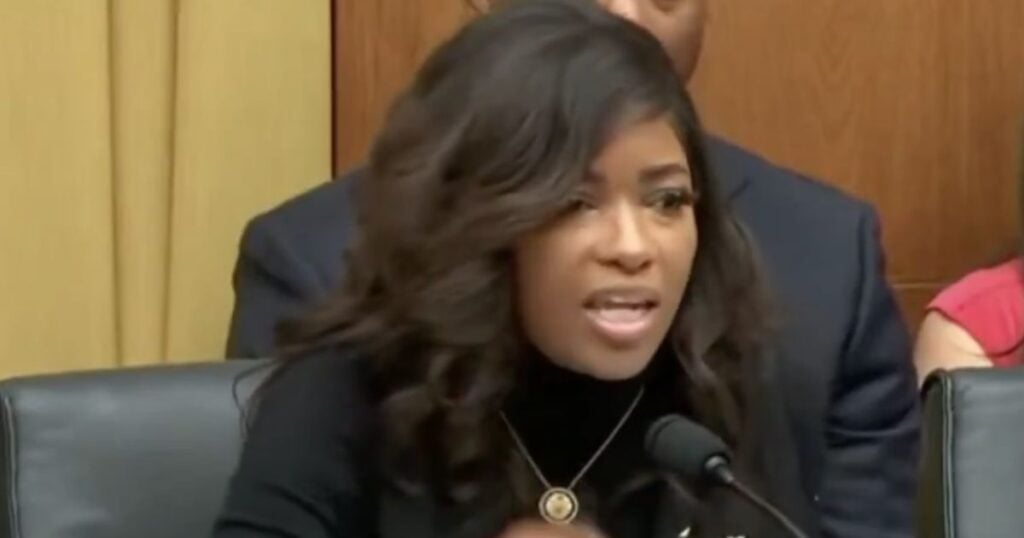Less than 400 public EV charging ports have been installed despite the Biden administration pouring billions into the effort.
A government report exposes massive delays, poor planning, and political reversals that have stalled progress and raised new questions about the effectiveness of these green infrastructure projects.
Key Facts:
- The 2021 Infrastructure Investment and Jobs Act allocated $7.5 billion for EV charging infrastructure.
- As of April 2025, just 384 charging ports had been installed under the NEVI and CFI programs.
- President Trump paused EV charging program funding through an executive order in January 2025.
- GAO found the Federal Highway Administration failed to set performance targets or act swiftly.
- Sen. Jeff Merkley called the lack of progress “a vast administrative failure” during a Senate hearing.
The Rest of The Story:
In 2021, President Joe Biden signed the Infrastructure Investment and Jobs Act (IIJA), setting aside $7.5 billion to build out America’s EV charging infrastructure.
The money funded two major programs: the National Electric Vehicle Infrastructure (NEVI) Formula Program and the Charging and Fueling Infrastructure (CFI) Grant Program.
The goal? Deploy 500,000 public charging ports by 2030.
But as of April 2025, the Government Accountability Office (GAO) says only 384 ports have been installed using this funding.
Lawmakers, including Sen. Jeff Merkley (D-Ore.), expressed outrage.
“That is pathetic. We’re now three years into this. That is a vast administrative failure,” Merkley said in a June 2024 hearing.
The GAO report pointed to poor oversight from the Federal Highway Administration (FHWA), which had failed to set benchmarks or effectively manage deployment.
Meanwhile, most of the available chargers across the U.S. remain slow and expensive to install, with fast chargers being especially costly—over $140,000 per port.
Complicating matters, President Donald Trump, on the first day of his second term in January 2025, signed an executive order halting the disbursement of funds from the IIJA and Inflation Reduction Act.
His administration said the pause was needed to ensure spending aligned with “sound economic principles.”
As of May, those reviews remained unfinished.
Commentary:
This debacle is a textbook example of how bureaucratic mismanagement and virtue-signaling priorities turn a well-funded initiative into a national embarrassment.
With $7.5 billion to work with, you’d expect real progress. Instead, we got delays, finger-pointing, and less than 400 chargers in three years.
The reason is simple: the focus was never on efficiency or results. It was about checking boxes and throwing cash at politically favored projects.
The Biden administration used this EV push to funnel money into pet causes and compliant contractors while pretending to be building a future-proof infrastructure.
Now the same people who created the problem are feigning surprise at the outcome.
Democrats act shocked that almost nothing was built, yet they had complete control and responsibility for setting deadlines, holding agencies accountable, and getting the job done.
And let’s be honest—this isn’t about saving the environment. It’s about scoring political points.
Meanwhile, taxpayers are left holding the bag, wondering where the billions went and who benefited from the contracts that resulted in almost nothing on the ground.
The Trump administration was right to pause these programs.
Before spending another dime, there needs to be a full audit of how the funds were allocated, what was delivered, and who profited.
If fraud or gross negligence is uncovered, there must be consequences—legal and financial.
The American people deserve better than flashy promises and wasteful spending.
This failure shows yet again that the federal government—especially under Democrat leadership—should not be trusted to manage large-scale projects.
If this is what “green investment” looks like, it’s no wonder voters are growing skeptical.
The EV dream is starting to look more like an expensive fantasy propped up by taxpayer subsidies and political gamesmanship.
The Bottom Line:
Three years and billions of dollars later, the federal government has managed to install just 384 EV charging ports.
The Biden administration’s infrastructure push is bogged down by incompetence and a lack of accountability.
Until there’s a full review—and real consequences—Americans should be wary of more big-government “solutions.”
Read Next
– Gavin Newsom, California Democrats Plot Illegal Gerrymander To Increase Number of Dem House Seats
– Soros-Funded Groups Throw Support Behind GOP Bill Offering Legal Status to Millions









